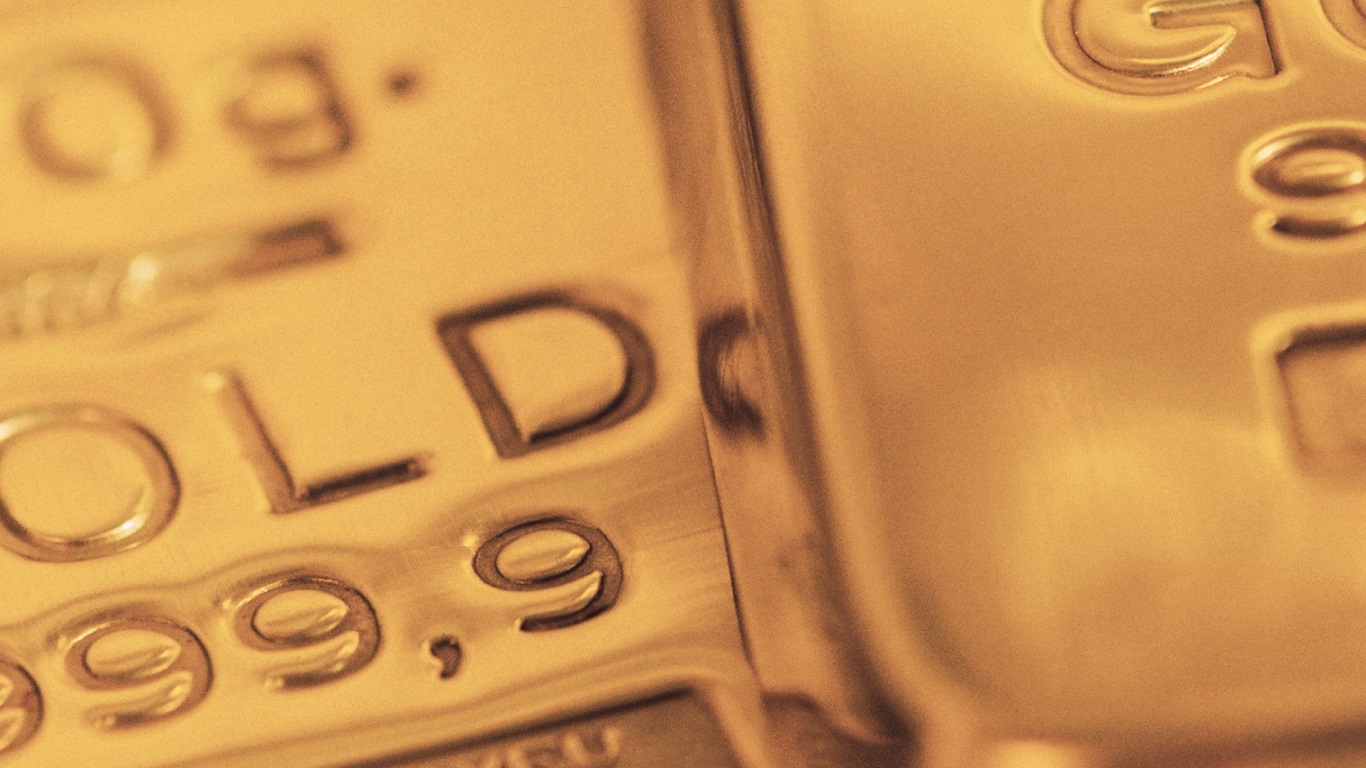
Once a quarter, the World Gold Council releases data on the use of and demand for gold around the world. It breaks its analysis down by country and into several categories. These categories include jewelry, investments, use as a component in technology and new supply. One of the major breakouts is the amount of gold held by sovereign governments, usually in their central banks.
Holdings are measured by tonnes, a metric measure that translates into 2,240 pounds. A ton, as defined in America, is 2,000 pounds.
[in-text-ad]
Central bank purchases in the third quarter were muted, according to the World Gold Council:
Central bank gold buying in Q3 was modest by recent standards. Net purchases slowed to 69t from 191t in Q2. This contrasts with Q3’20, which was the first quarter of net central banks selling since 2011. Y-t-d buying had reached 393t by the end of Q3, more than double over the comparable period in 2020.
The U.S. government is the largest holder among central banks. The use of gold is not new and goes back well over a century. It was considered essential to hold gold to support the case that the government could pay its bills. Since the credibility of America’s ability to pay its debts is no longer in question, whether there is a practical need to keep gold vaults in places like Fort Knox is debatable.
The World Gold Council shows that the central banks of nine countries and the International Monetary Fund hold the great majority of gold. By far the largest holder is the United States with more than 8,000 tonnes, followed by Germany and the IMF.
These 10 countries (including the IMF) hold the most gold:
- United States (8,133.5 tonnes)
- Germany (3,359.1)
- IMF (2,814.0)
- Italy (2,451.8)
- France (2,436.4)
- Russian Federation (2,298.5)
- China (1,948.3)
- Switzerland (1,040.0)
- Japan (846.0)
- India (744.8)
Click here to find out why demand for gold is lagging.
The Average American Has No Idea How Much Money You Can Make Today (Sponsor)
The last few years made people forget how much banks and CD’s can pay. Meanwhile, interest rates have spiked and many can afford to pay you much more, but most are keeping yields low and hoping you won’t notice.
But there is good news. To win qualified customers, some accounts are paying almost 10x the national average! That’s an incredible way to keep your money safe and earn more at the same time. Our top pick for high yield savings accounts includes other benefits as well. You can earn up to 3.80% with a Checking & Savings Account today Sign up and get up to $300 with direct deposit. No account fees. FDIC Insured.
Click here to see how much more you could be earning on your savings today. It takes just a few minutes to open an account to make your money work for you.
Our top pick for high yield savings accounts includes other benefits as well. You can earn up to 4.00% with a Checking & Savings Account from Sofi. Sign up and get up to $300 with direct deposit. No account fees. FDIC Insured.
Thank you for reading! Have some feedback for us?
Contact the 24/7 Wall St. editorial team.



